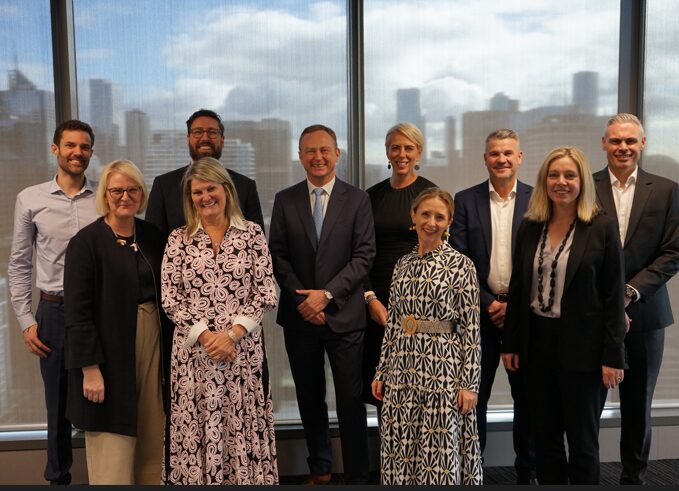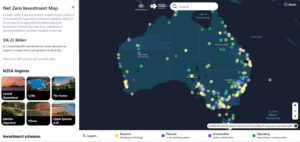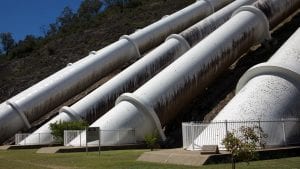Victorian electricity and gas network company AusNet Services has overhauled its business structure and executive leadership team, in a restructure the company says will help to unlock new renewable energy capacity and fast-track connections across both its distribution and transmission grids.
AusNet CEO David Smales says the changes are also expected to deliver better outcomes for the utility’s communities and customers, as part of its new vision, which is to be “trusted to bring the energy today and build a cleaner tomorrow.”
AusNet, which is 45 per cent-owned by Canada’s Brookfield Asset Management, owns and operates around $11 billion of electricity and gas transmission and distribution assets in Victoria that connect into more than 1.3 million homes and businesses.
Transmission network companies have been handed some major opportunities and challenges in the shift to renewables, including adjusting their business from a centralised poles and wires model to one based around distributed renewables.
This means expanding the capacity of networks in the regions and in renewable energy zones, while also working to connect new renewable generation as quickly and cost efficiently as possible.
Also on the agenda is enhancing network resilience and integrating consumer energy resources like rooftop solar and electric vehicles onto the network while maintaining system security.
AusNet’s gas business, meanwhile, is covered by the federal government’s Safeguard Mechanism, with a baseline set at 220,372 tonnes of CO2-equivalent emissions a year and a requirement to cut these emissions by around 30 per cent by 2030.
Victorian policy, however, is mapping a path away from the use of gas in households, including a ban on new connections to the reticulated gas network for new-build homes and government businesses.
In a Task Force on Climate-related Financial Disclosures report, published alongside AusNet’s inaugural Climate Change Position Statement in October last year, the utility said it was committed to continue decarbonising the gas sector “through one of two pathways – the introduction of renewable gas or electrification.”
Under the structural changes announced on Monday, a new leadership team has been set up along four lines of business: electricity transmission, electricity distribution, gas distribution and metering, and contestable energy infrastructure.
Each of the four lines of business have had an executive appointed to be responsible for that line’s performance and associated customer groups.
Liz Ryan will lead the transmission business, Andrew Linnie will lead the electricity distribution business, Fran Duiker will lead the gas and metering business (on an acting basis), and Jon D’Sylva will lead AusNet’s contestable development and future networks business.
“Each business leader has been tasked with achieving exceptional performance outcomes for their respective community, customer and stakeholder groups, whilst enabling an efficient energy transition,” said Smales, who took the top job at AusNet in November 2023.
The business line leaders will, in turn, be supported by an overhauled executive team, including Mark Ellul as chief financial officer, Bridget Cairns as executive general manager – people and safety, Amanda Robertson as executive general manager – compliance, risk and corporate affairs, Chris Galland as acting chief technology officer, and Sarah Hannah is the acting executive general manager of group operations.
“We are making these key changes to deliver better outcomes …through increased levels of customer engagement and feedback,” Smales told Renew Economy in a statement.
“The changes are targeted at improving our broader societal contributions in relation to supporting changes to the energy system, as we move through the energy transition.”
On the transmission side of the equation, the source of some of the more persistent delays to the transition to renewables, Smales says the utility will continue do its best to connect more wind, solar and storage to its networks.
“AusNet is committed to connecting large-scale renewable projects across our Victorian electricity distribution and transmission networks as quickly and efficiently as possible to support a net-zero future,” Smales told Renew Economy.
“This restructure will help AusNet focus on a range of opportunities to unlock new capacity and expediate more renewable connections across both the distribution and transmission networks.”








